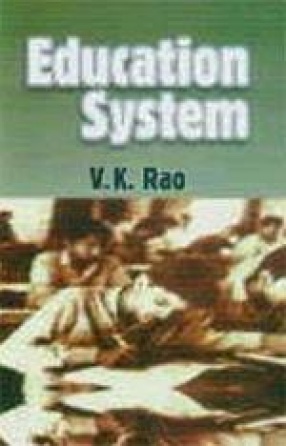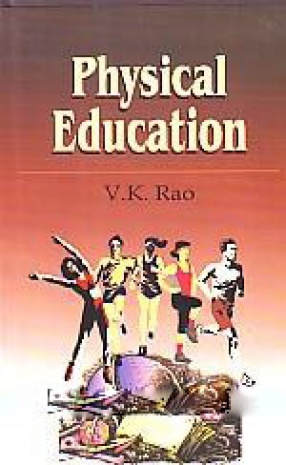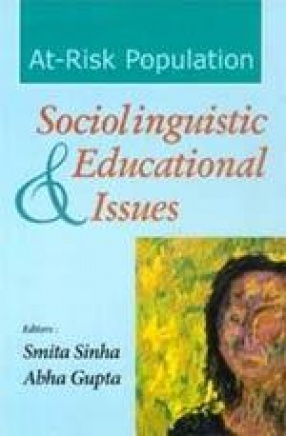Education is an important factor in creating social order founded on the values of socio-economic justice, freedom and equal opportunity and thereby accelerating economic development and technological progress. The study indicates that some impressive achievements have been made in education during the plan era of 50 years; especially in enrolments, educational institutions and educational expenditure. A close look, however, reveals that the prevailing situation is far from satisfactory. More than half population is still illiterate. Adult education is far from its targets. The goal of a universal primary education has not been obtained. Education of girls has been lagging much behind that of boys. This disparity is more glaring in the weaker sections and rural areas. Wastage of resources due to dropout and stagnation still continues especially in females, scheduled castes and tribes and rural areas. Unemployment among educated persons has been increasing at a faster rate. In the absence of adequate information base, weaknesses in estimates of literates, enrolments, cost, demand for and supply of manpower are widely spreaded over and that have a series of adverse affects on overall educational planning. A deliberate concentration on expansion of education based on a high rate of private returns from education has failed to clarify the basic connection between education and economic development. An approach of "specific development always requires specific education and training" has been ignored. The country like India whose education system is stressed by the humanities or arts has been bearing an opportunity cost—in terms of a low rate of economic growth, and sooner or later the humanists themselves will suffer. A major presumption of the war on poverty and inequality is that education and training are effective ways to bring people out of them. But it is not so in India. The affluent class (holding land/assets and upper middle and higher castes) has been constantly accumulating, higher education and its returns. The children of the illiterate and poor parents are clearly at disadvantage. The government’s financial assistance and other facilities have not reached to the poor people in desired manner due to one reason or another. Therefore, wide range efforts as shown in this study must be considered for developing effective educational planning in the country; especially in view of—(a) Within the education system, what should be the priorities according to the different stages and sectors of the economy? (b) What should be the priorities for the types of educational institutions on the basis of "demand for specific education for specific purpose?" (c) What should be the optimum investment pattern between formal and informal education as compared to investment in other sectors of the economy? (d) What should be the principles or criteria for the financial assistance by the government to different educational institutions? (e) How can internal efficiency of the education system be increased, especially through minimizing the economic wastage by reducing the dropout rate and stagnation period, raising quality of teaching etc.? (f) How to make a choice between improvements in quality of enrolments and expansion of the educational facilities to meet the requirements of the less privileged society and children coming from backward areas? and (g) How can the surplus and shortages in employment market be corrected?
Special Education
$63.90
$71.00








There are no reviews yet.